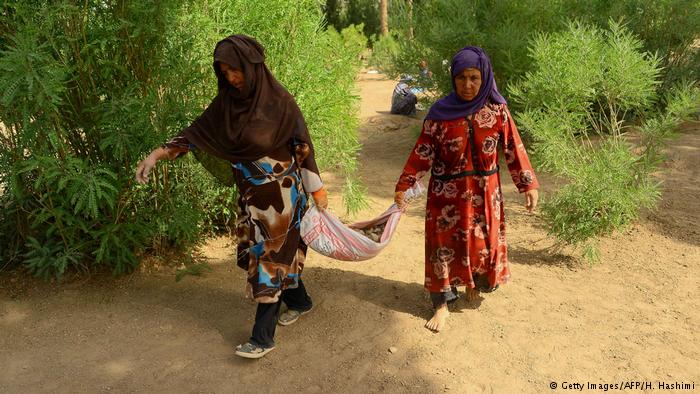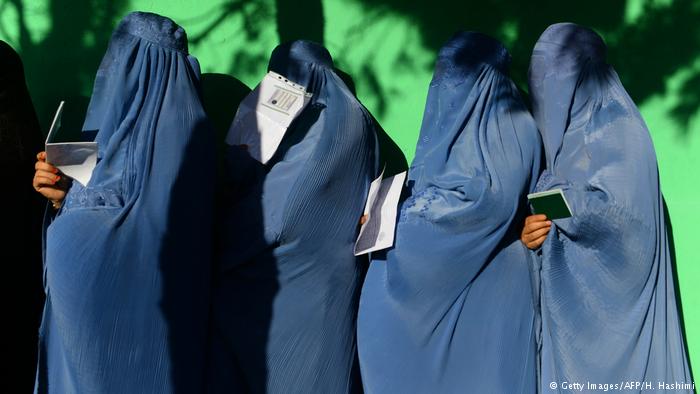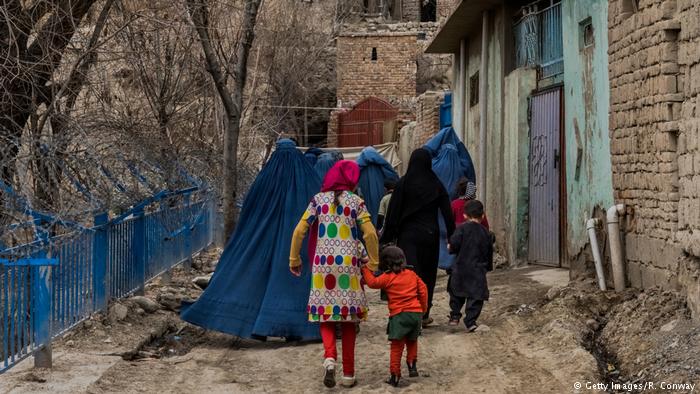Modern Afghanistan – In the Past
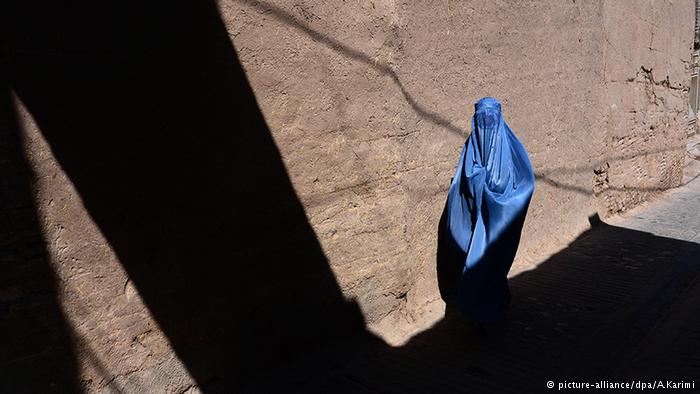 A few days ago unknown gunmen killed five female Afghan guards working at an airport in southern Kandahar. The killing which took place on Saturday, December 17 highlightes the continuing threat faced by women working outside of the home in Afghanistan. The women had received death threats from people opposed to women in the workforce.
A few days ago unknown gunmen killed five female Afghan guards working at an airport in southern Kandahar. The killing which took place on Saturday, December 17 highlightes the continuing threat faced by women working outside of the home in Afghanistan. The women had received death threats from people opposed to women in the workforce.
Under the Taliban, women were required to wear an all-covering burqa when venturing outside their homes. But there were times in Afghan history when they adopted a more western clothing style, as these photos Show.
Aspiring doctors
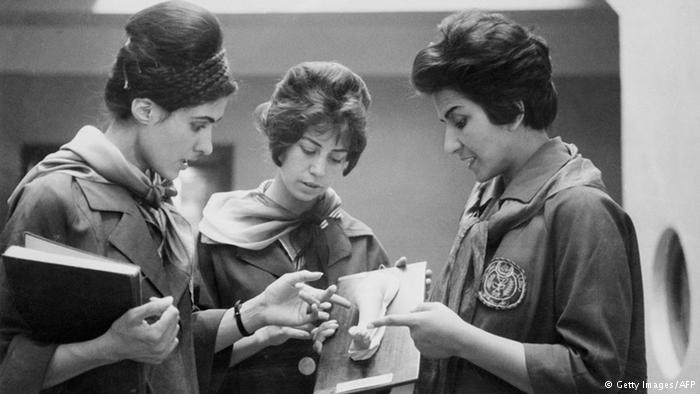 This picture, taken in 1962, shows two female medicine students at the University of Kabul listening to their professor as they examine a plaster showing a human body part. At that time, women played an active role in Afghan society. They also had access to education and were able to take up work outside home.
This picture, taken in 1962, shows two female medicine students at the University of Kabul listening to their professor as they examine a plaster showing a human body part. At that time, women played an active role in Afghan society. They also had access to education and were able to take up work outside home.
Style on Kabul’s streets
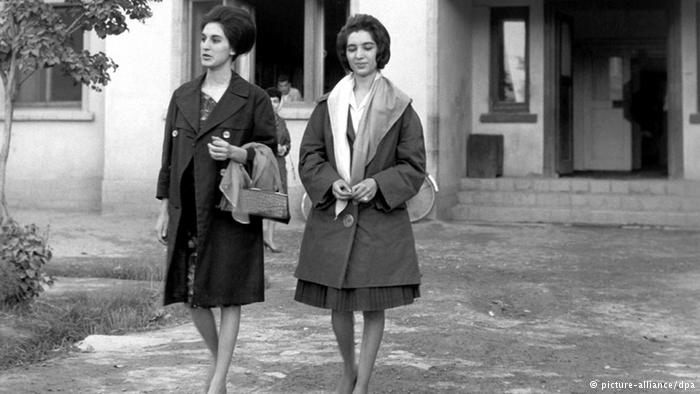 Two young women dressed in Western-style outfits are seen in this picture taken in 1962 outside the building of Radio Kabul in the country’s capital city, Kabul. After the fundamentalist Taliban took over power in the mid-1990s, women were required to wear an all-covering burqa when in public.
Two young women dressed in Western-style outfits are seen in this picture taken in 1962 outside the building of Radio Kabul in the country’s capital city, Kabul. After the fundamentalist Taliban took over power in the mid-1990s, women were required to wear an all-covering burqa when in public.
Equal rights for all – not always
 In the mid-1970s, female students were a common sight at Afghan education centers such as Kabul’s Polytechnical University. But some 20 years later, women’s access to education in the conflict-ridden country was completely shut down. And it changed only after the toppling of the Taliban regime in 2001. The right to education for both men and women was enshrined in the 2003 Afghan Constitution.
In the mid-1970s, female students were a common sight at Afghan education centers such as Kabul’s Polytechnical University. But some 20 years later, women’s access to education in the conflict-ridden country was completely shut down. And it changed only after the toppling of the Taliban regime in 2001. The right to education for both men and women was enshrined in the 2003 Afghan Constitution.
Computer science in its infancy
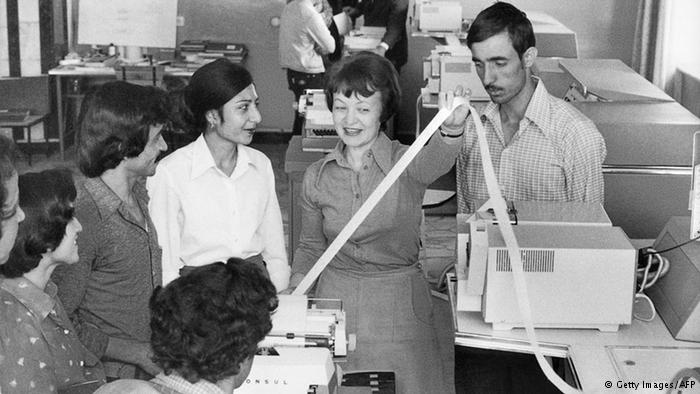 In this picture a Soviet instructor is seen teaching computing technology to Afghan students at Kabul’s Polytechnical Institute. During the 10-year Soviet occupation of Afghanistan from 1979 to 1989, a number of Soviet lecturers taught at Afghan universities.
In this picture a Soviet instructor is seen teaching computing technology to Afghan students at Kabul’s Polytechnical Institute. During the 10-year Soviet occupation of Afghanistan from 1979 to 1989, a number of Soviet lecturers taught at Afghan universities.
Students among themselves
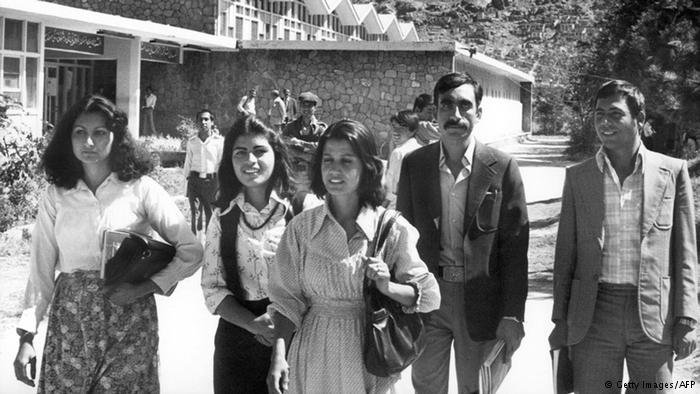 This 1981 picture shows an informal gathering of female and male Afghan students in Kabul. In 1979, a Soviet invasion of land-locked Afghanistan led to a 10-year war. When the Soviets withdrew from the country in 1989, a civil war ensued which culminated in the Taliban’s accession to power in 1996.
This 1981 picture shows an informal gathering of female and male Afghan students in Kabul. In 1979, a Soviet invasion of land-locked Afghanistan led to a 10-year war. When the Soviets withdrew from the country in 1989, a civil war ensued which culminated in the Taliban’s accession to power in 1996.
Schools for all
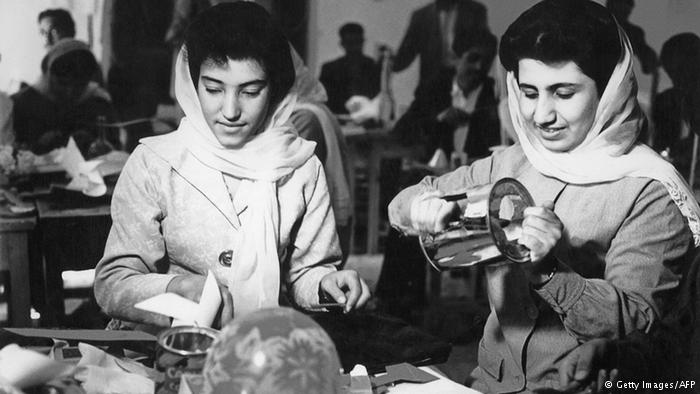 This picture shows Afghan girls at a secondary school in Kabul at the time of the Soviet occupation. During the Taliban regime that followed just a few years later, women and girls were barred from attending school and denied access to education. They were also banned from taking up employment outside home.
This picture shows Afghan girls at a secondary school in Kabul at the time of the Soviet occupation. During the Taliban regime that followed just a few years later, women and girls were barred from attending school and denied access to education. They were also banned from taking up employment outside home.
A two-class Society
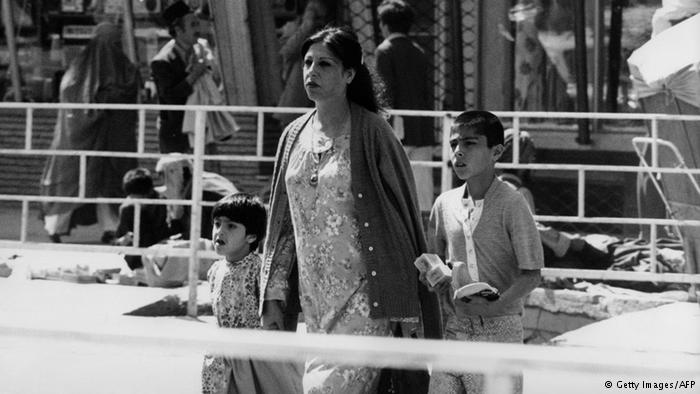 In this picture taken in 1981, a woman, unveiled and without a headscarf, is seen with her children. Scenes such as these have been rare ever since. Even almost 15 years after the collapse of the Taliban regime, women continue to struggle for equality in the male-dominated Afghan society. For instance, there is only one woman taxi driver in the entire country.
In this picture taken in 1981, a woman, unveiled and without a headscarf, is seen with her children. Scenes such as these have been rare ever since. Even almost 15 years after the collapse of the Taliban regime, women continue to struggle for equality in the male-dominated Afghan society. For instance, there is only one woman taxi driver in the entire country.




